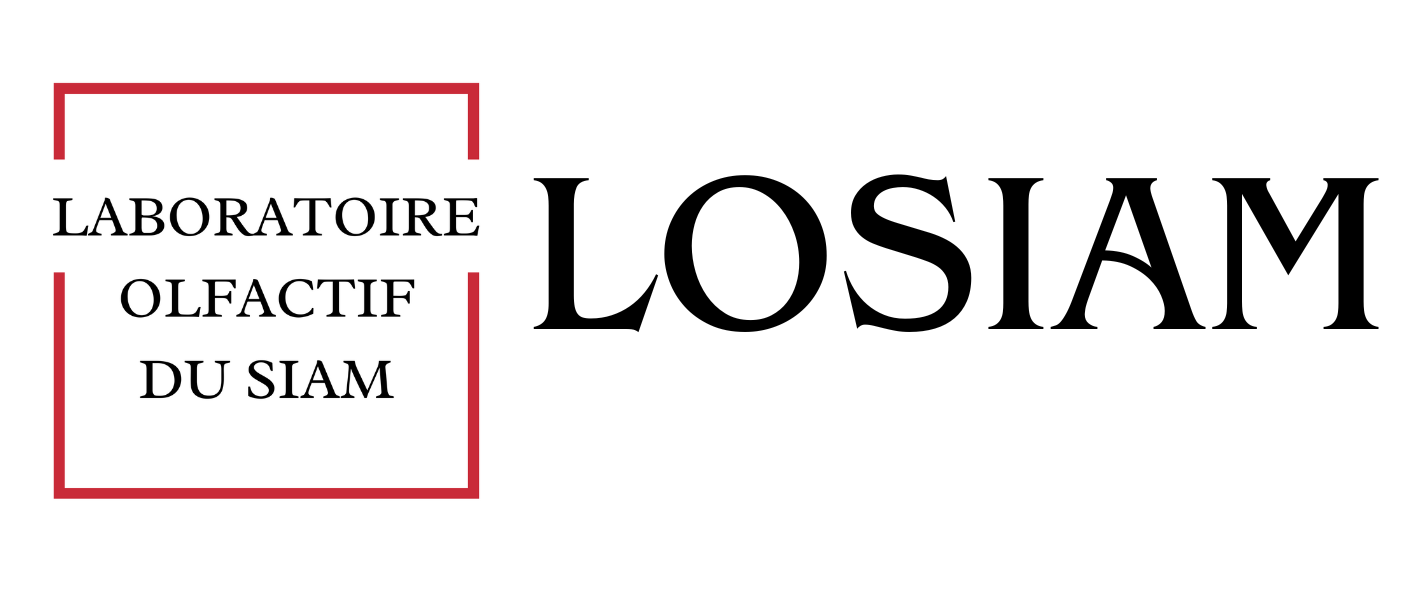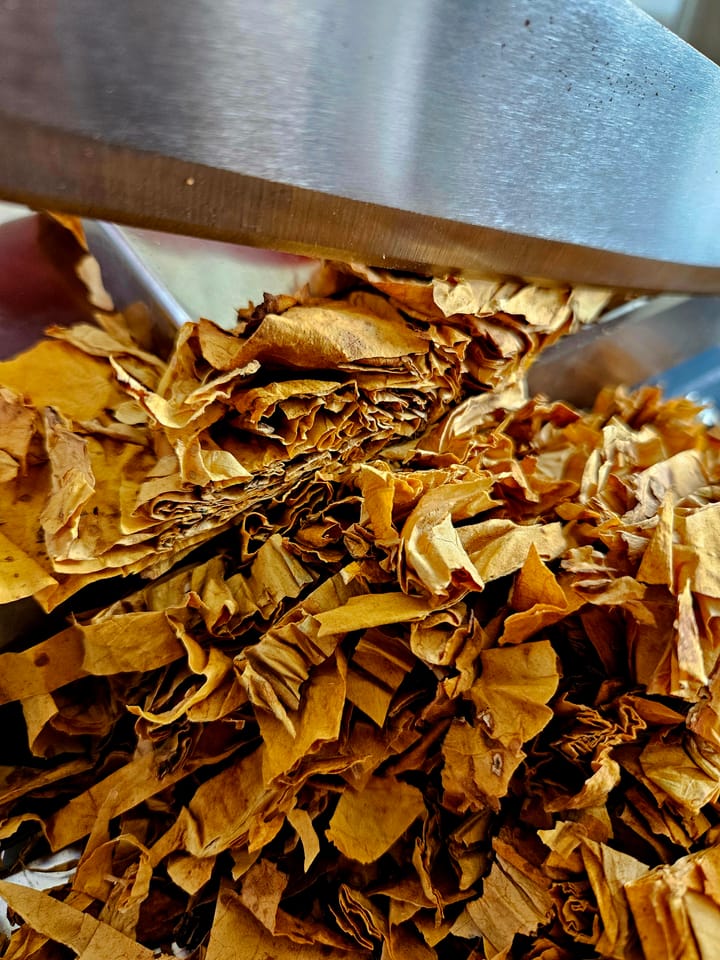Grinding Coffee's Enigmatic profile: Navigating the Shadows of Anaerobic Fermentation and Omni Roasting
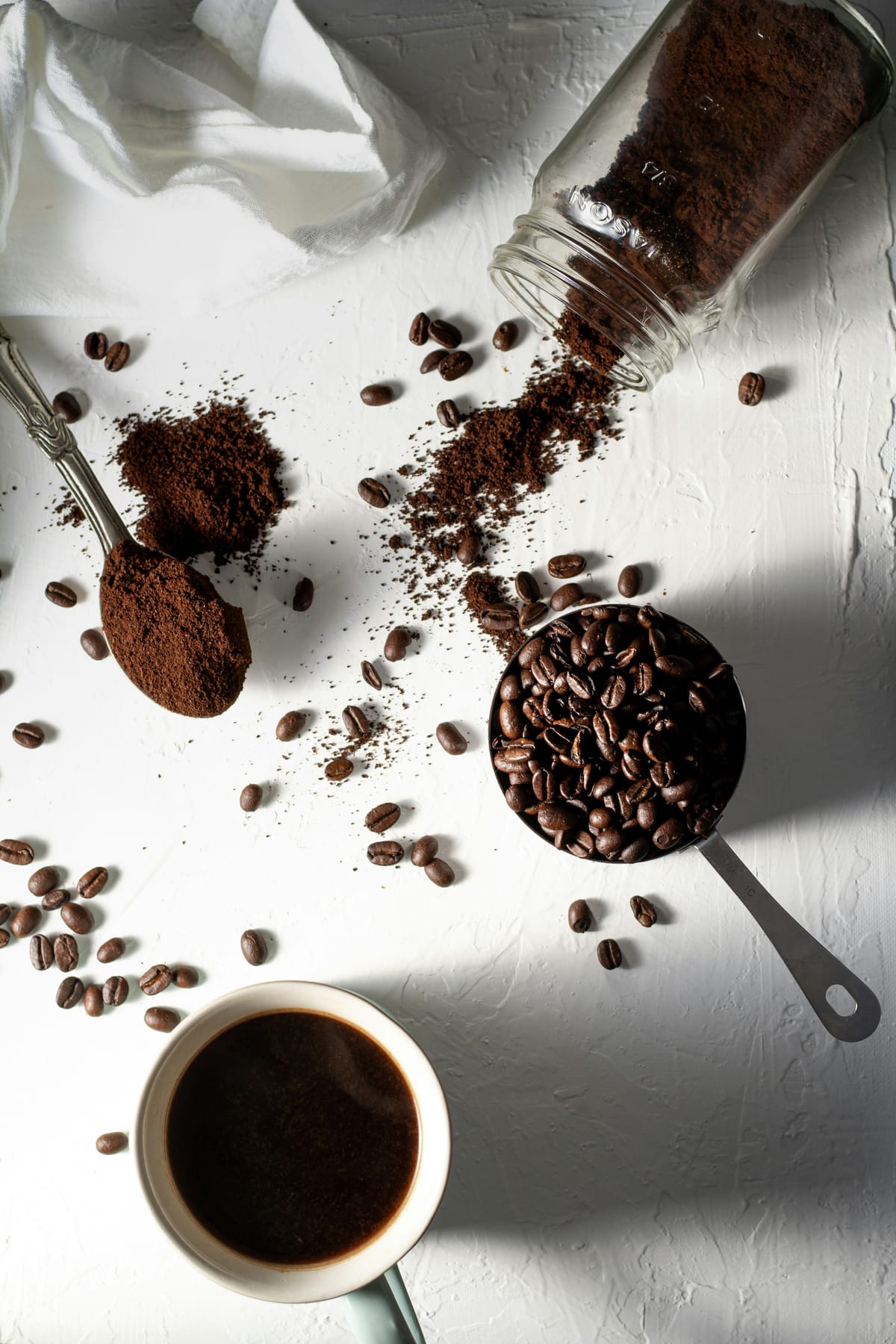
Introduction
The intoxicating aroma of coffee, earthy, fruity, with nuanced roast depth, has captivated perfumers and flavorists for decades. Derived from roasted Coffea arabica beans processed through anaerobic fermentation and an omni roast (a balanced, even-heat profile enhancing fruity and nutty notes with a subtle cocoa twist), this scent profile emerges from a symphony of volatile organic compounds (VOCs) such as, amongst others, 2-furfurylthiol (savory, roasted core), 4-vinylguaiacol (smoky, phenolic), pyrazines (e.g., 2-ethyl-3-methylpyrazine, nutty), and β-damascenone (floral-fruity). Our supercritical CO2-extracted coffee absolute, celebrated for its authentic fruity coffee character with a subtle cocoa accent, represents a breakthrough in perfumery. Yet, capturing these fragile volatiles while preserving their integrity poses formidable challenges: the beans' complex matrix of lipids (typically 10–15% oils, including triglycerides and diterpenes like cafestol), acids, and waxes binds aromas, low VOC concentrations demand precision, and thermal sensitivity risks degradation. Drawing on scientific literature, this article dissects these hurdles in producing a high-purity, IFRA-compliant coffee absolute.
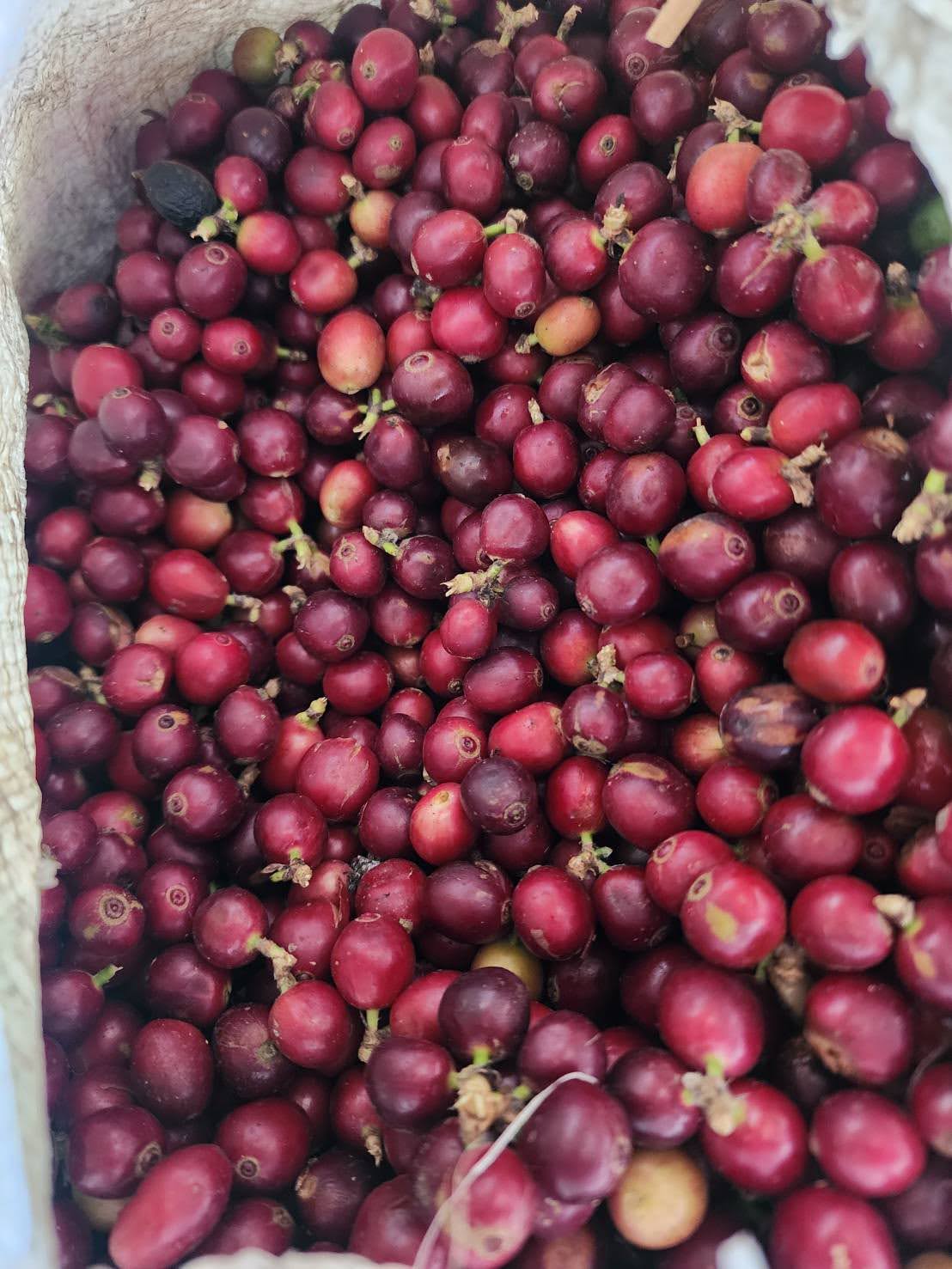
The Oily Abyss: Matrix Interference from Coffee Lipids and Acids
Coffee beans, post-anaerobic fermentation, form a lipid-dominant matrix (10–15% oils) that traps VOCs, amplified by fermentation byproducts like organic acids (e.g., acetic, lactic). This oily barrier slashes extraction efficiency and introduces off-notes, while low VOC levels (<0.05% w/w) and heat fragility exacerbate the plight. Below, we unpack these interconnected issues with evidence from key published studies.
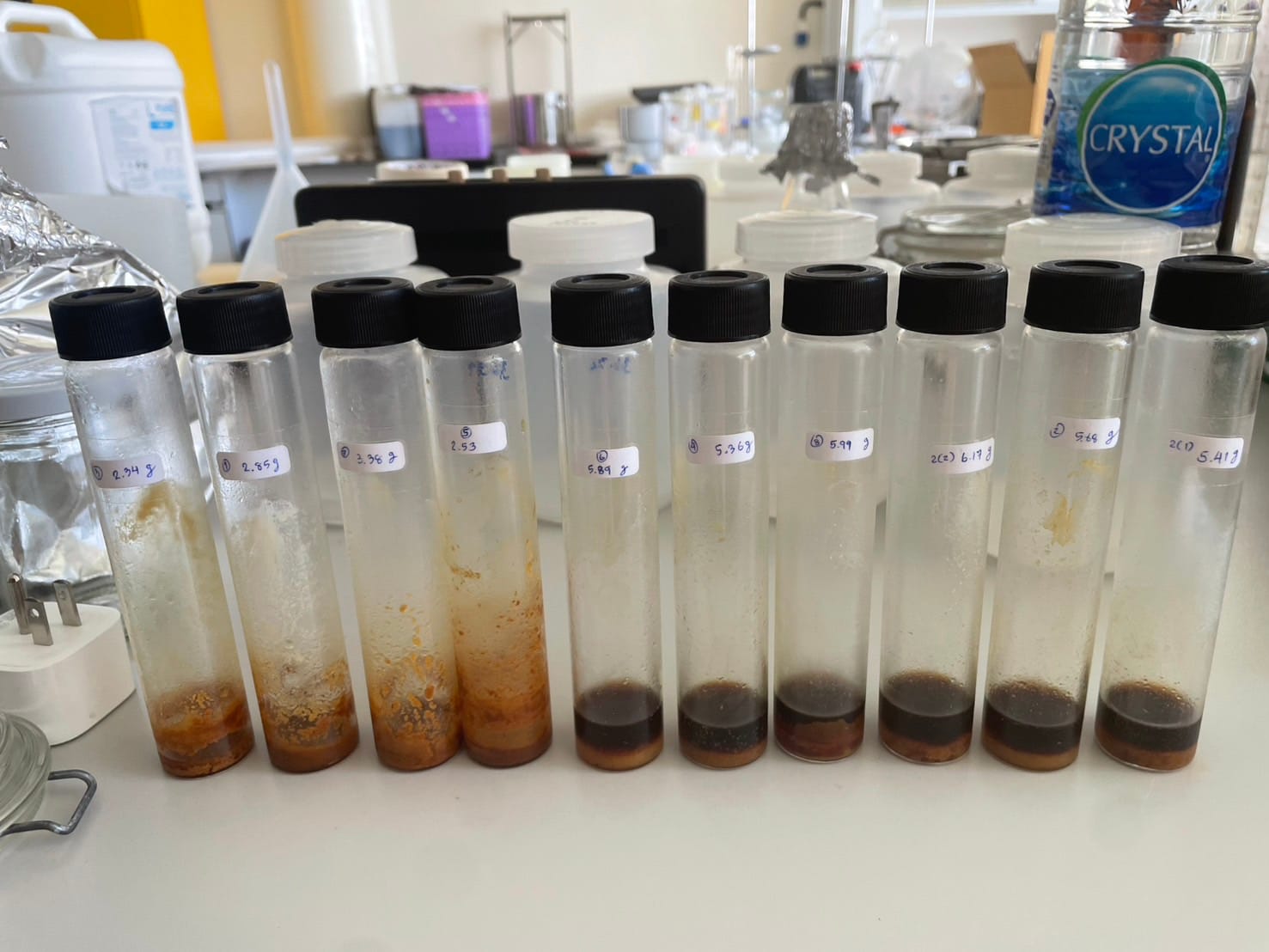
Lipid Binding and Extraction Drag
The non-polar lipids in fermented, roasted coffee avidly trap semi-polar VOCs, such as 2-furfurylthiol (roasted coffee's savory core) and β-damascenone (floral-fruity lift). Hydrophobic interactions delay partitioning into supercritical CO2, yielding only 15–25% of theoretical VOC recovery in SFE processes at pressures of 10–30 MPa and temperatures of 33–67°C. Anaerobic fermentation boosts esters like ethyl acetate (fruity, winey) via lactic acid bacteria (e.g., Lactococcus, Leuconostoc), but these bind tightly to lipids, diluting the prized pyrazines that define the fruity roast profile. For instance, with an omni roasting (180–220°C), lipid oxidation spawns hexanal, masking desired 4-vinylguaiacol (smoky, phenolic) notes.

Co-Extraction of Offenders
Fermentation introduces acids (acetic, lactic) and waxes, co-extracted in scCO2 at 200–300 bar, forming emulsions that carry rancid volatiles like 2-nonenal from lipid peroxidation. This generates turbid absolutes where only 20–30 compounds emerge from the 800+ in roasted coffee, far short of a full profile. In perfumery applications, these off-notes clash with the authentic fruity character, demanding rigorous post-extraction cleanup that risks VOC loss. Advanced techniques like multidimensional GC (GC×GC) coupled with high-resolution MS help resolve these complexities by enhancing peak separation and detection of trace volatiles.
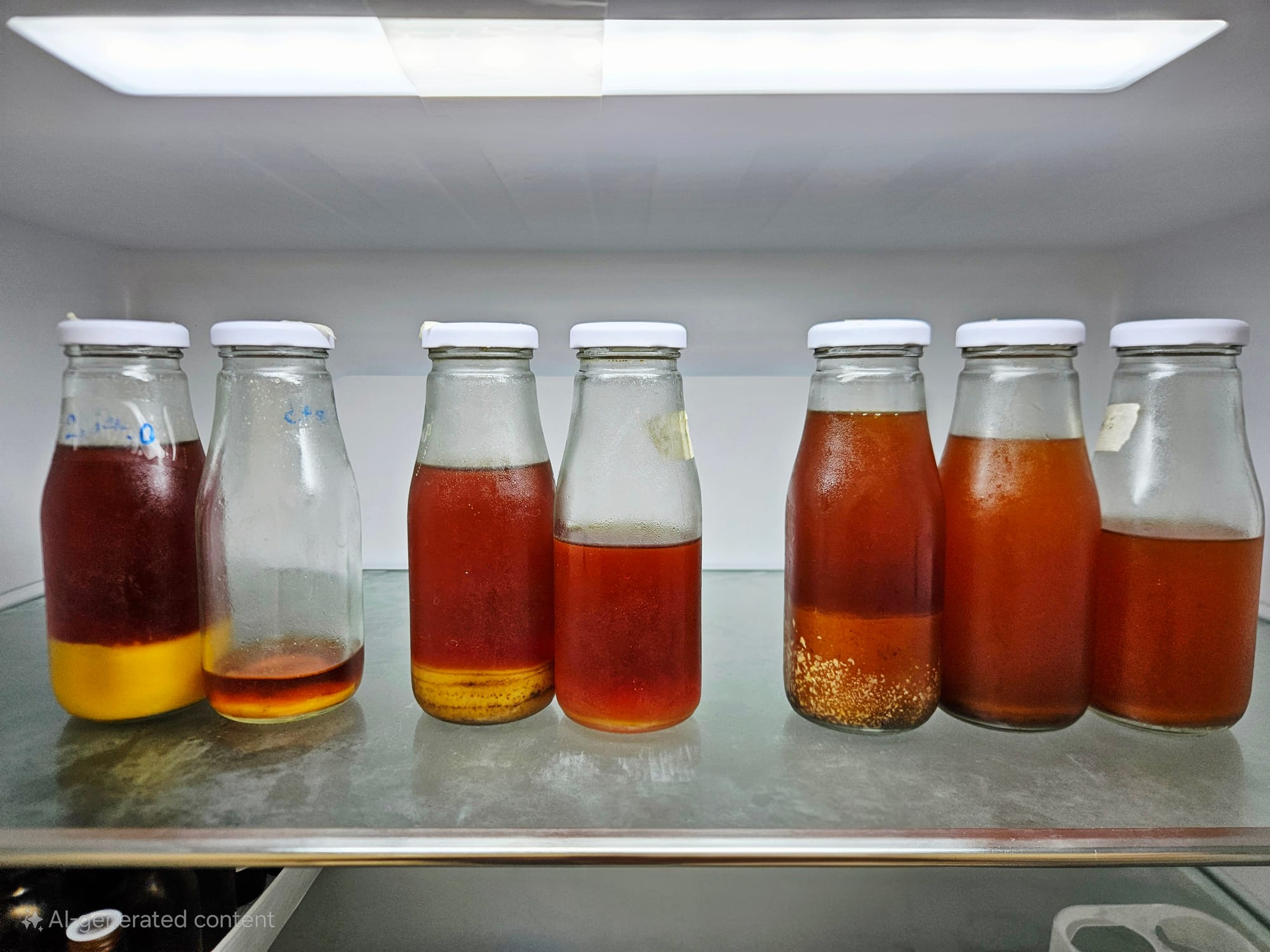
Echoes of Fermentation: Low VOC Concentrations Amplified by Anaerobic Processing
Anaerobic fermentation fosters unique microbes (e.g., Torulaspora delbrueckii, Hanseniaspora uvarum) producing trace VOC precursors, alcohols, esters, and aldehydes (<0.01% w/w), that bloom into vibrant fruity aromas during omni roasting. Yet, their scarcity necessitates processing 3–5 kg of beans per mL of absolute, inflating costs and solvent use. ScCO2 excels at low temperatures (40–60°C) but co-extracts 70–80% lipids, slashing volatile yields by 20% without co-solvents like ethanol (5–10%). The interplay intensifies this: pyrazines from Maillard reactions (sugar-amino acid browning) are potent at 0.1 µg/L thresholds but dilute amid fermentation's lactic tang, with compounds like 2-methylpyrazine decreasing over 24–96 hours of fermentation.
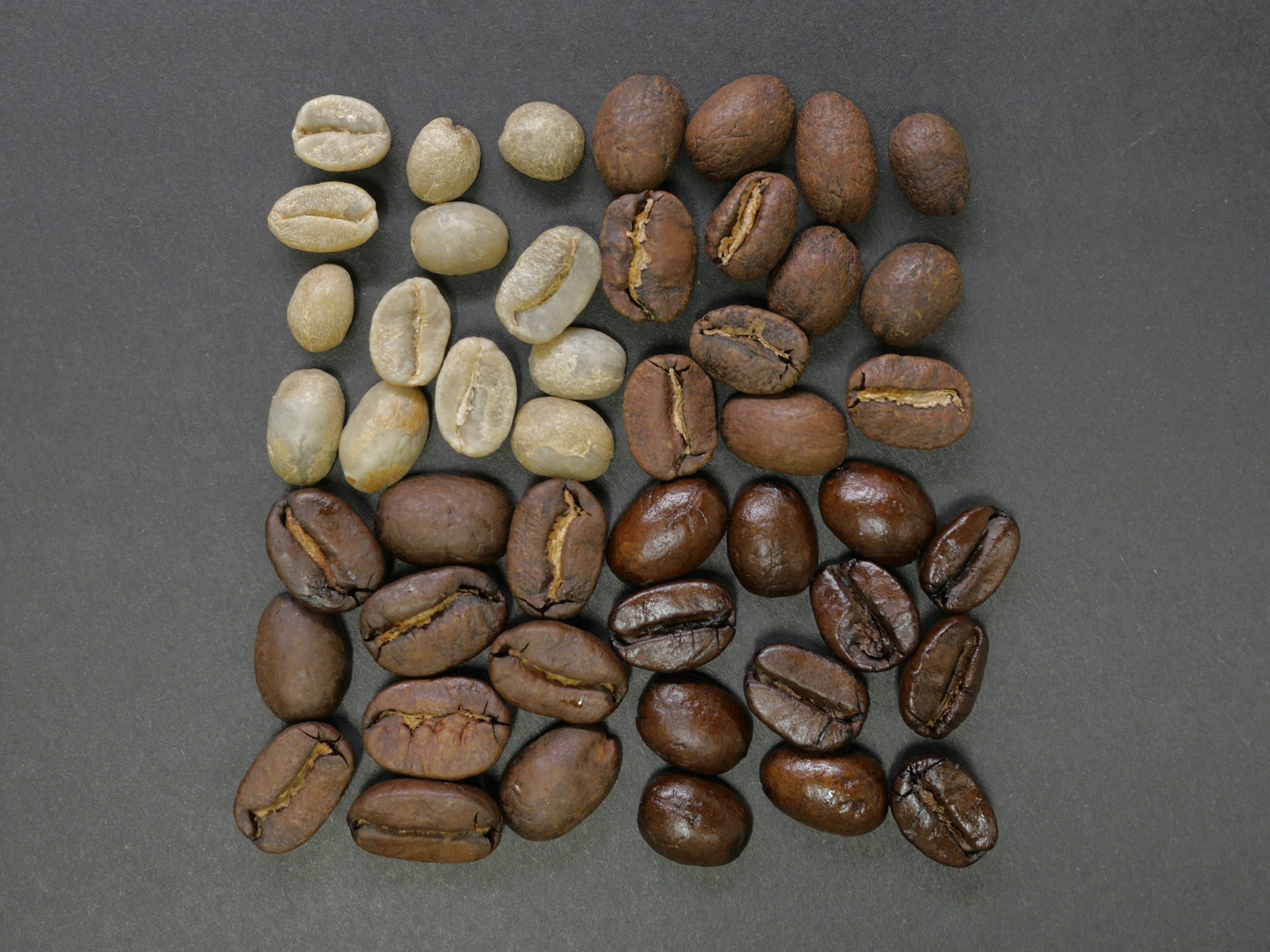
Thermal Tightrope: Preserving Fragile Volatiles in Roast and Extraction
Omni roasting generates heat-labile VOCs like 2-furfurylthiol (degrades >100°C) and linalool (floral, unstable >50°C), but post-roast scCO2 at >60°C risks pyrolysis into burnt pyrazines. Fermentation precursors heighten sensitivity: anaerobic boosts isoamyl acetate (fruity) but evaporates during decompression. Balancing low-temp extraction (33–50°C) preserves 85% fidelity but retains matrix interference, forcing a yield-purity trade-off, as seen in optimized conditions yielding 6–7.7% oil with preserved aroma-active compounds like furfuryl acetate (fruity, OAV 1208).
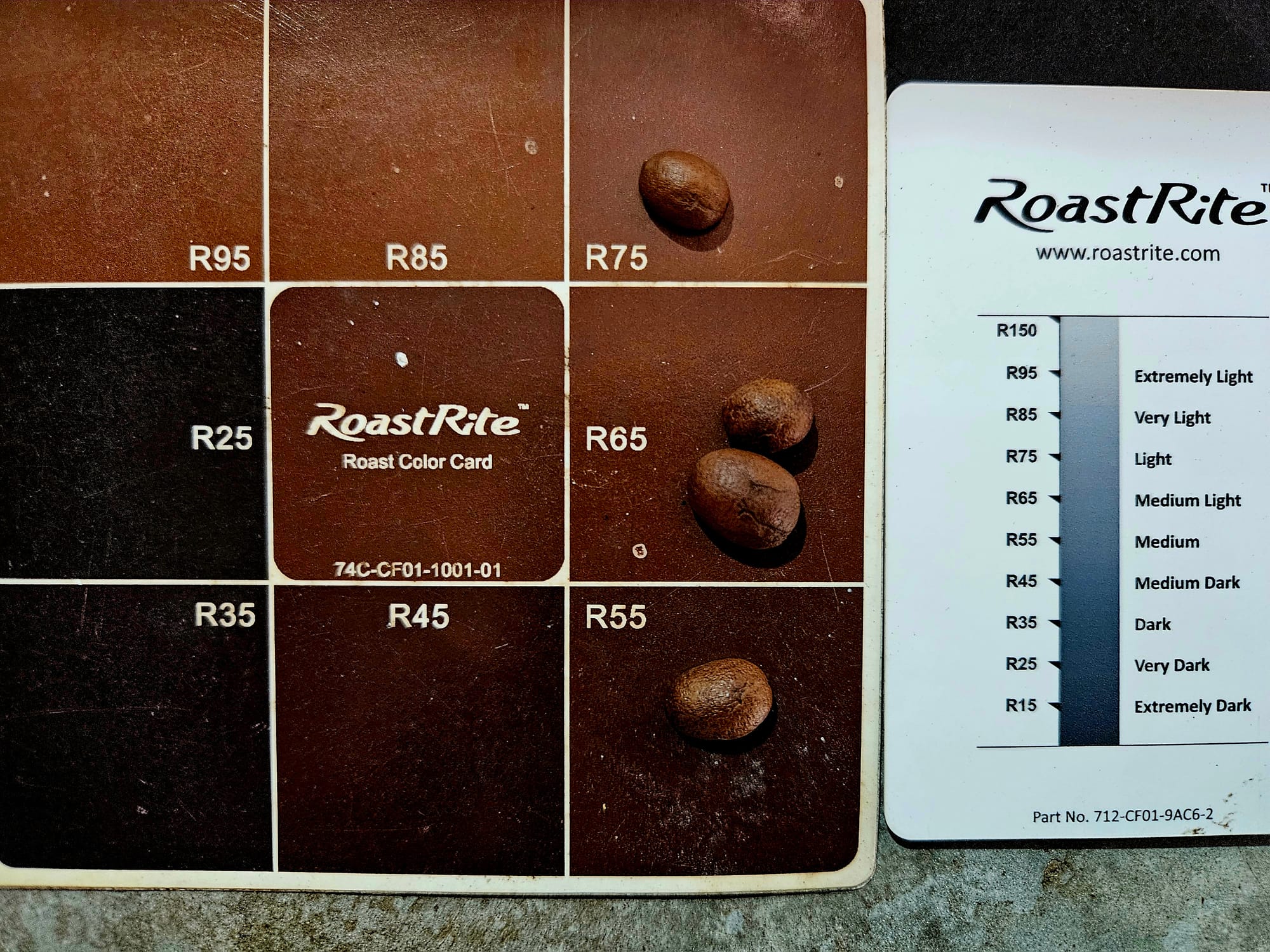
IFRA and Sustainability Hurdles in Perfume-Grade Absolutes
Crafting IFRA-compliant absolutes demands <0.1% allergens (e.g., furfural) and no residues, but scCO2's lipid co-extraction forms waxy precipitates, complicating filtration and risking microbial off-odors. Sustainability shines in CO2's recyclability, yet scaling for trace VOCs hikes energy (300 bar) and co-solvent needs. Sorptive extraction techniques (e.g., SPME) and chemometrics (e.g., PCA) should be considered for targeted volatile recovery without excessive resource use.

Conclusion
Extracting fragrance from anaerobically fermented, omni-roasted coffee beans, yielding an authentic fruity coffee absolute with a subtle cocoa twist via scCO2, demands conquering lipid matrices, scant VOCs, and thermal perils. These challenges underscore the artistry in perfumery: innovative tweaks in pressure, temperature, co-solvents, and roast profiles unlock originals perfumers rave about. As demand surges, mastering this unlocks sustainable, powerful and evocative scents for tomorrow's blends.
References
- Belitz, H.-D., et al. Food Chemistry, 4th ed., Springer, 2009.
- Optimization of Coffee Oil Extraction from Defective Beans Using a Supercritical Carbon Dioxide Technique: Its Effect on Volatile Aroma Components. Foods, 2023. https://www.mdpi.com/2304-8158/12/13/2515
- Volatile Compound Characterization of Coffee (Coffea arabica) Processed at Different Fermentation Times Using SPME–GC–MS. Molecules, 2022. https://pmc.ncbi.nlm.nih.gov/articles/PMC8954866/
- Understanding the Effects of Self-Induced Anaerobic Fermentation on Coffee Beans Quality: Microbiological, Metabolic, and Sensory Studies. Foods, 2022. https://pmc.ncbi.nlm.nih.gov/articles/PMC9818356/
- International Fragrance Association, IFRA Standards, 2023, https://ifrafragrance.org.
- Recent advances in analytical strategies for coffee volatile studies: Opportunities and challenges. Food Chemistry, 2022. https://www.sciencedirect.com/science/article/abs/pii/S0308814622009335
